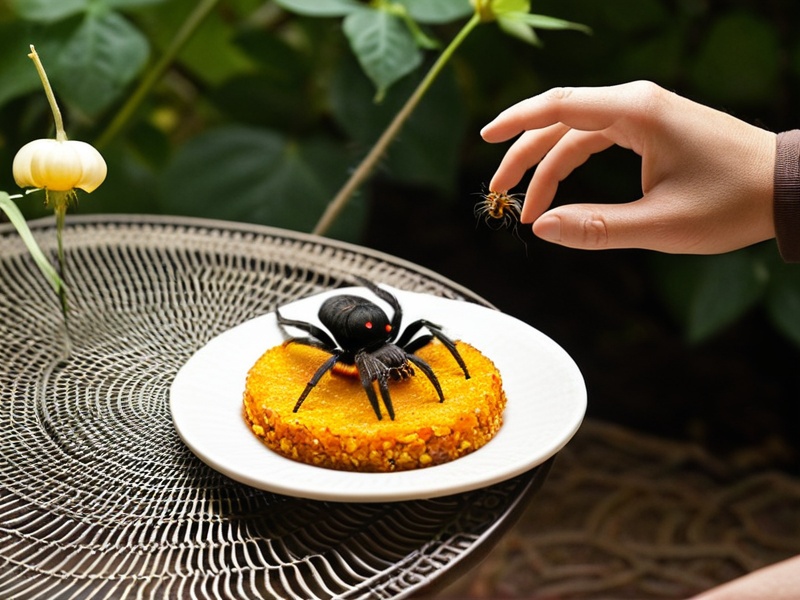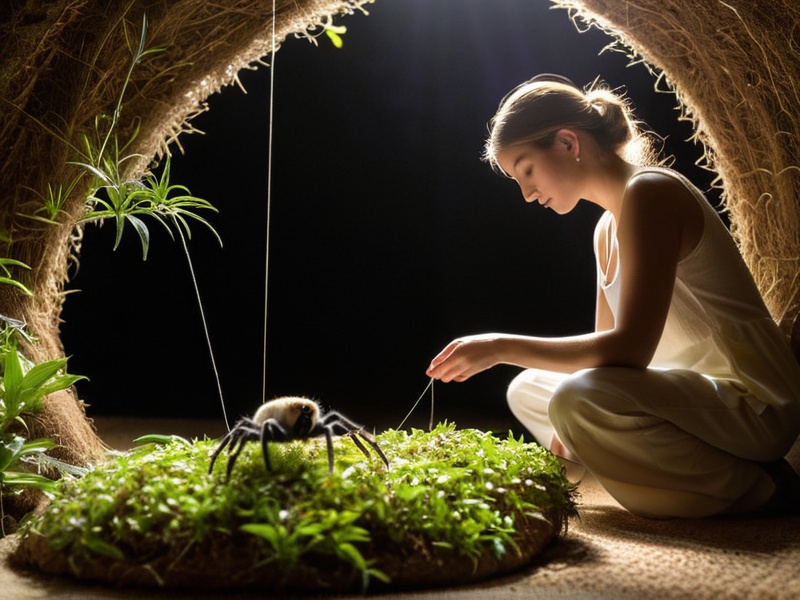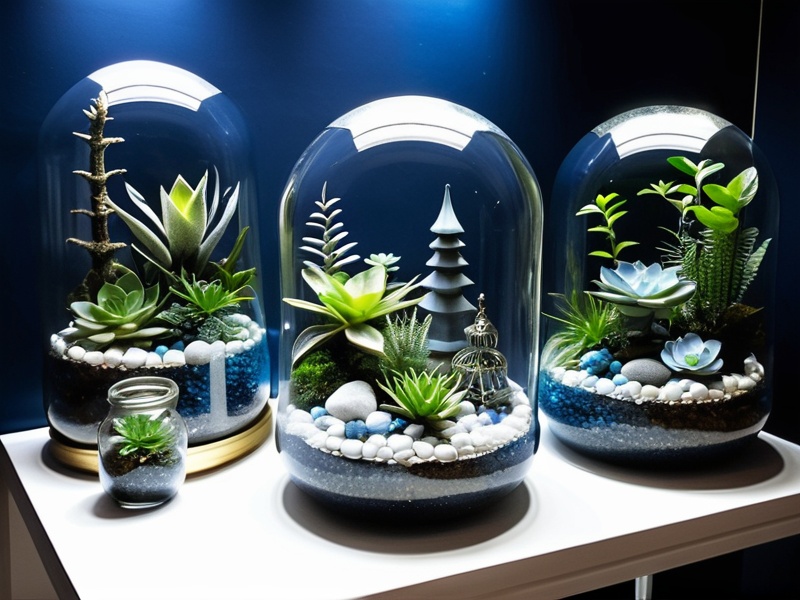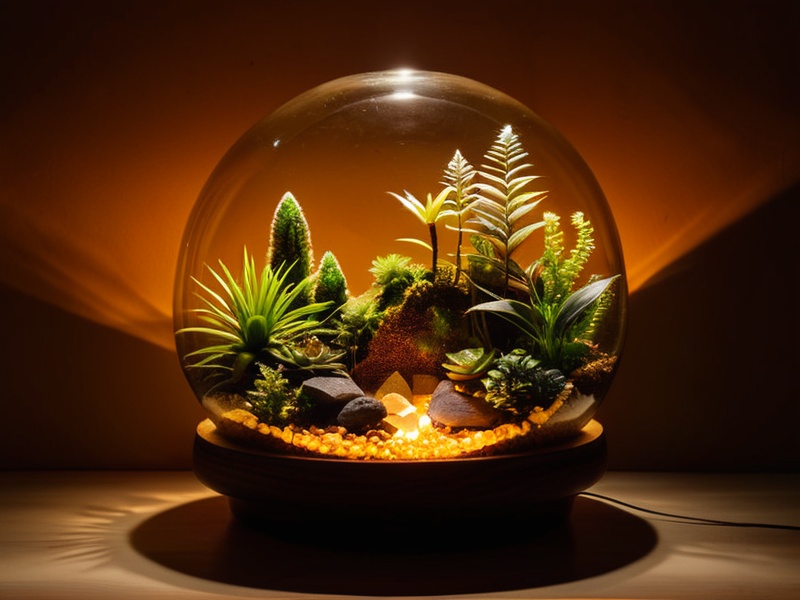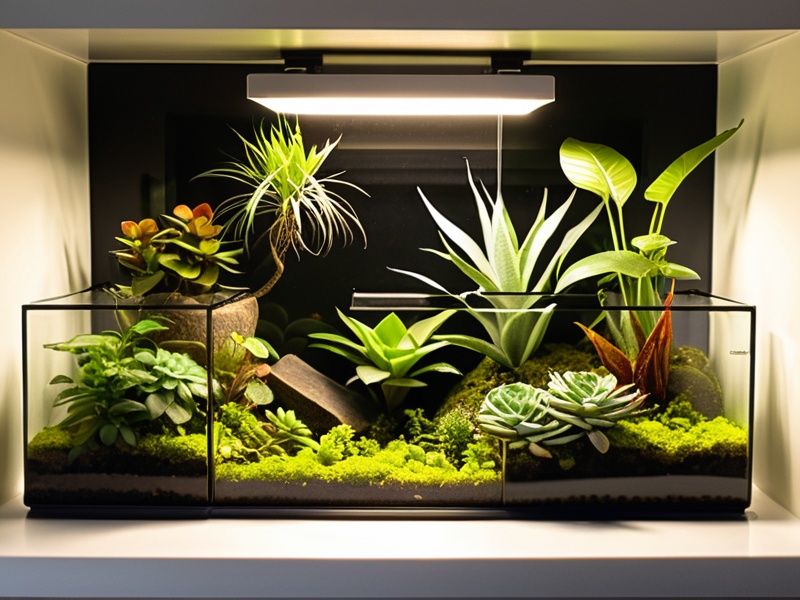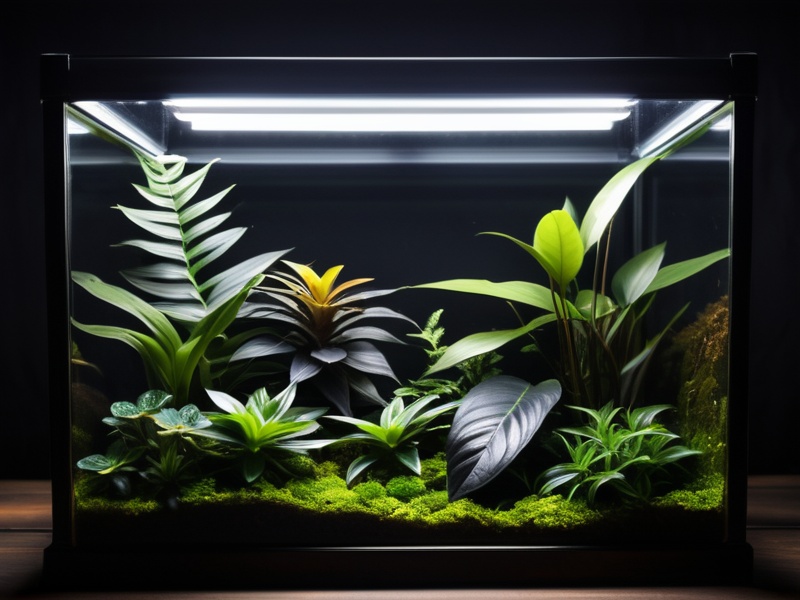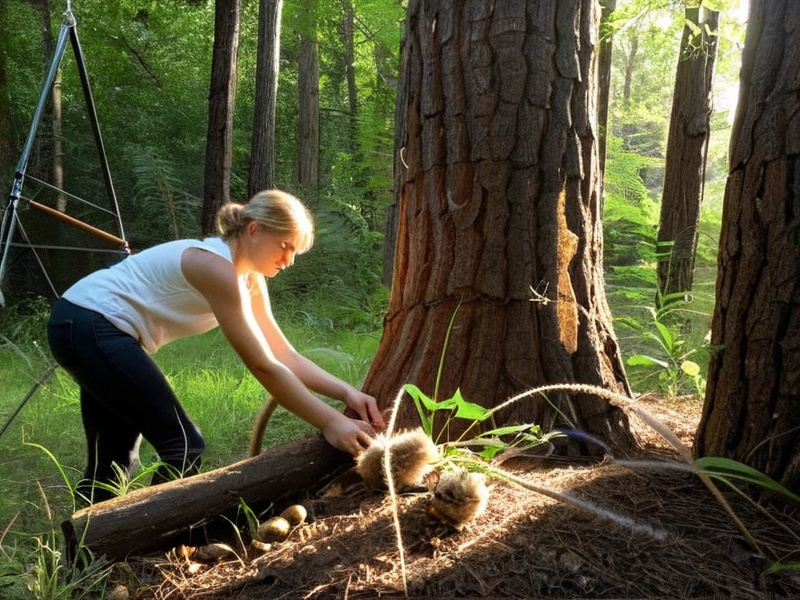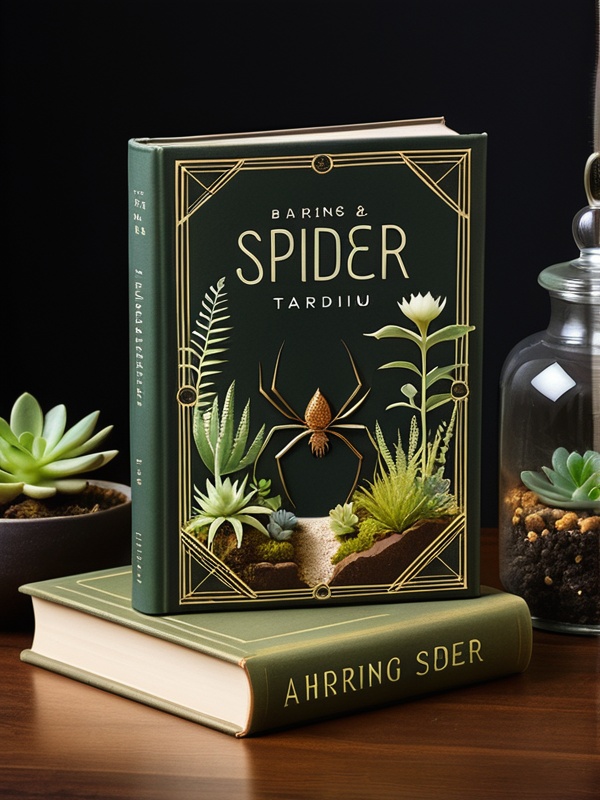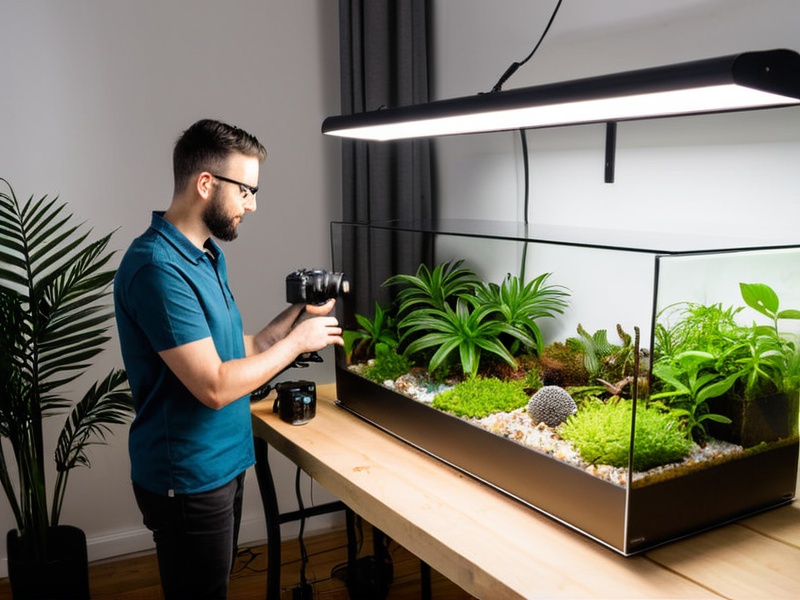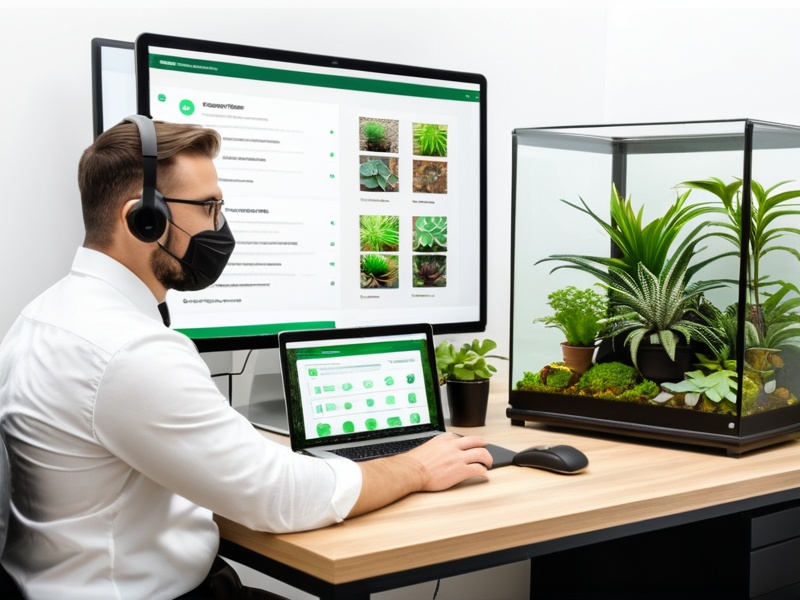Mindful Feeding Practices
Nourishing your barking spider companion involves more than simply providing food—it's an opportunity to engage in mindful interaction and honor the cyclical nature of life.
Feeding Philosophy
We approach feeding as a sacred act that connects all beings in the web of life. When offering prey to your spider, take a moment to acknowledge the transfer of life energy that sustains all creatures. This brief practice of gratitude creates a more conscious relationship with your spider and the broader ecosystem.
Nutritional Guidelines
- Dietary Diversity: Offer a variety of appropriately-sized insects, including crickets, small beetles, flies, and other arthropods suited to your spider's size
- Organic Sources: Choose prey insects raised without pesticides or synthetic feeds, preferably from organic sources
- Gut Loading: Feed prey insects nutrient-rich foods for 24-48 hours before offering them to your spider
- Supplementation: Lightly dust prey with calcium supplement once weekly for growing spiders
- Water: Maintain a small, shallow water dish and mist the habitat regularly to provide drinking options
Feeding Schedule
Adult barking spiders typically require feeding 2-3 times per week, though individual needs vary based on activity level, size, and metabolism. Observe your companion's behavior and body condition to fine-tune the perfect schedule.
Many guardians find that synchronizing feeding times with their spider's natural peak activity periods enhances acoustic expression and overall wellbeing. For example, Moonlight Whispers may be fed in early evening, while Morning Resonators benefit from morning feedings.
Seasonal Adjustments
Consider slight adjustments to feeding frequency with seasonal changes. Many barking spiders naturally reduce food intake during winter months and increase consumption during spring and summer, reflecting their evolutionary wisdom.
